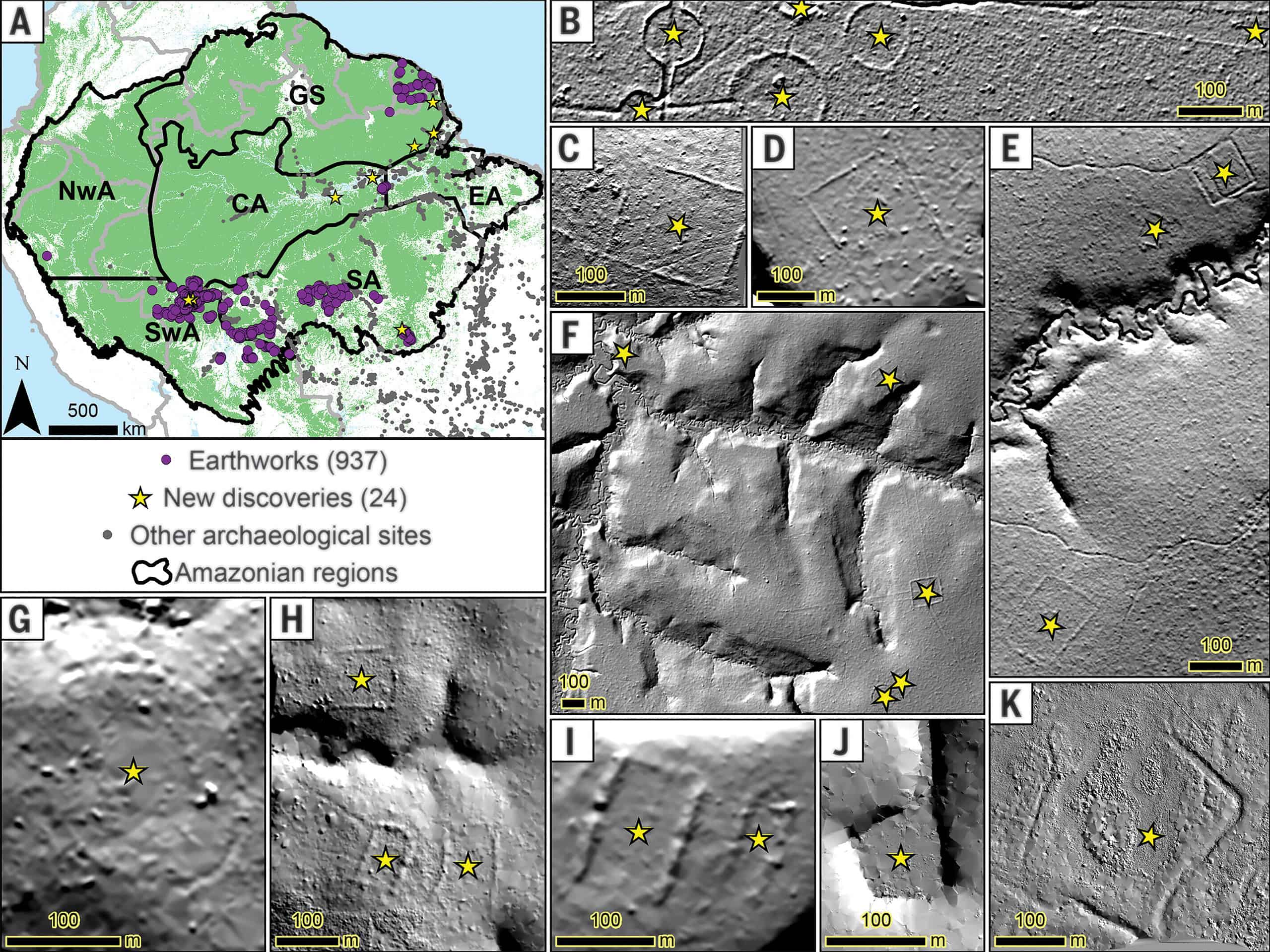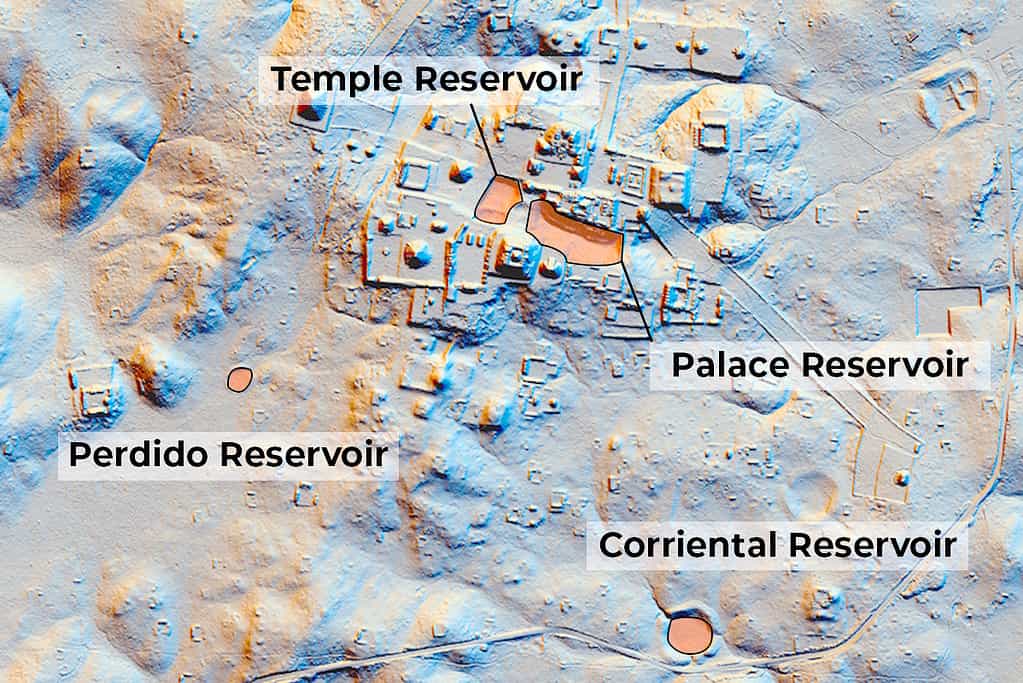The Amazon rainforest may contain between 10,000 and 24,000 ancient earthworks built before the arrival of Europeans, a new study suggests. A global team of 230 researchers from 156 institutions across 24 countries combined remote sensing technology, archaeological data, and statistical modeling to estimate the number and locations of these undiscovered sites. They concluded that the Amazon is probably riddled with archaeological structures.

During the pre-Columbian era, the Amazon was home to complex societies throughout its vast forested area. These ancient indigenous societies had a deep knowledge of earthmoving, which they used to create earthworks with social, ceremonial and defensive functions. The scale of that landscape transformation remains unknown — and much about these civilizations is also unknown.
The study was carried out by a team of 230 researchers from 156 institutions across 24 countries. They made their discovery after identifying 24 new archaeological sites through advanced remote mapping technologies, using a laser mounted on an aircraft, known as LIDAR. This sensor can rebuild surface elements into a detailed 3D model.
“Our study suggests that the Amazon rainforest may not be as pristine as many believe, as when we seek a better understanding of the extent of pre-Columbian human occupation throughout it, we are surprised by a significant number of sites still unknown to the science community,” Vinicius Peripato, study author, said in a news release.
Lasers and archaeology
While earthworks can be spotted by satellites with high spatial resolution, this works mainly on deforested areas. This is where LIDAR enters.
LiDAR systems send laser pulses from an airborne platform (like a helicopter or drone) toward the ground. By measuring the time it takes for the laser light to bounce back, the system can create a highly accurate topographic map of the area below. These maps can reveal the contours of the ground, including any buried structures or features that might be invisible from the surface.

Deforestation has removed almost 20% of natural vegetation in the Amazon, which suggests LIDAR could reveal many more discoveries in the remaining 80% of the basin that’s opaque to satellites.
The researchers scanned over 5,000 squared kilometers of LIDAR data and found 24 unreported earthworks in southern, southwestern, central and northern Amazonia. They detected a fortified village, defensive and ceremonial sites, crowned mountains, megalithic structures and riverine sites on floodplains, among many others.
“From the 3D models of the surface, it is possible to digitally remove all vegetation and initiate a precise and detailed investigation of the terrain beneath the forest,” Peripato said. “Given the wealth of information contained in these data, we embarked on an archaeological investigation. We investigated a total of 0.08% of the Amazon.”
Earthworks in the Amazon
Resaerchers then wanted to estimate how more other structures could be hidden in the Amazon.
By extrapolating the density of earthworks observed in the LIDAR data to the extent of Amazonia (6.7 million squared kilometers), the researchers predict that between 10,000 and 24,000 ancient earthworks are waiting to be discovered. Their model suggests that earthworks are likely concentrated in southwestern Amazonia.
The discovery of earthworks beneath forest canopy indicates that, given enough time after these sites get depopulated, forests regenerated over the centuries, the researchers said. The earthworks are also proof of an ancestor’s occupation, way of life and their relation with the forest. Today, indigenous peoples struggle in the Amazon.
The highest density of the so far found earthworks is outside protected areas of the Amazon region and mostly located in the region with the highest deforestation rates. The researchers called for better protection of the Amazon not only for its environmental value but also for its archaeological, social and biocultural value.
The study was published in the journal Science.


